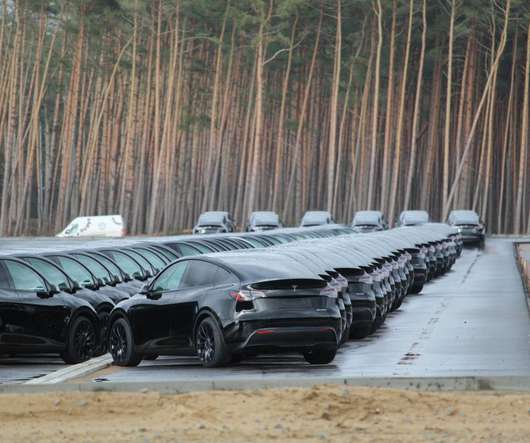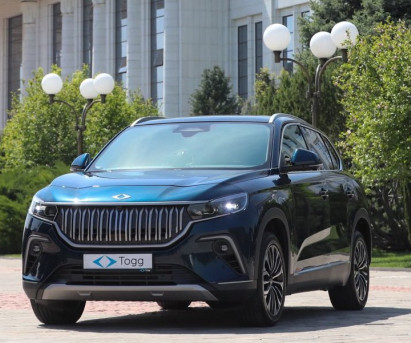Tesla formally wins final environmental approval to open Gigafactory Berlin
Teslarati
MARCH 4, 2022
The approval also includes battery cell production activities within the Giga Berlin complex, which should allow Tesla to manufacture its in-house cells from within Germany. . In times of climate crisis, the availability of water will play an increasingly important role for future developments and settlements.





















Let's personalize your content